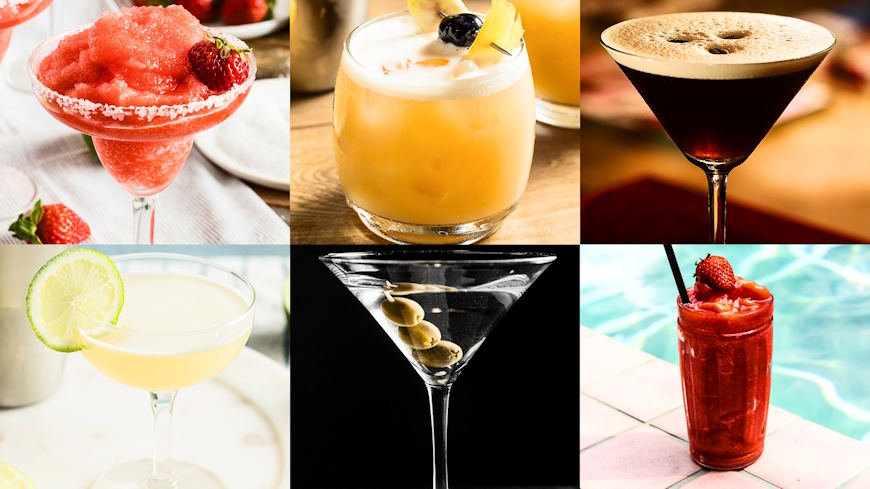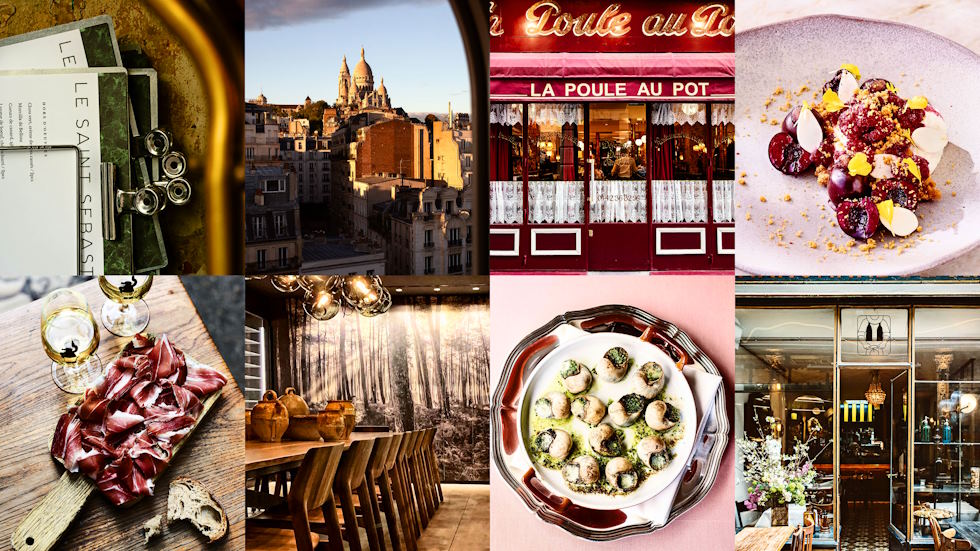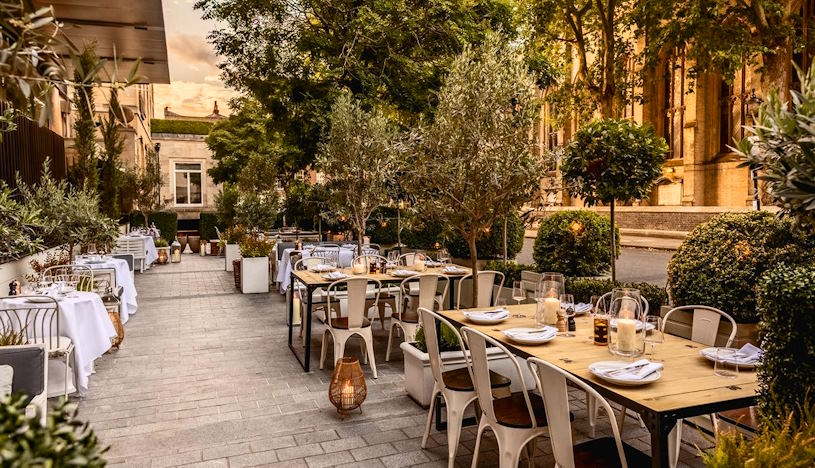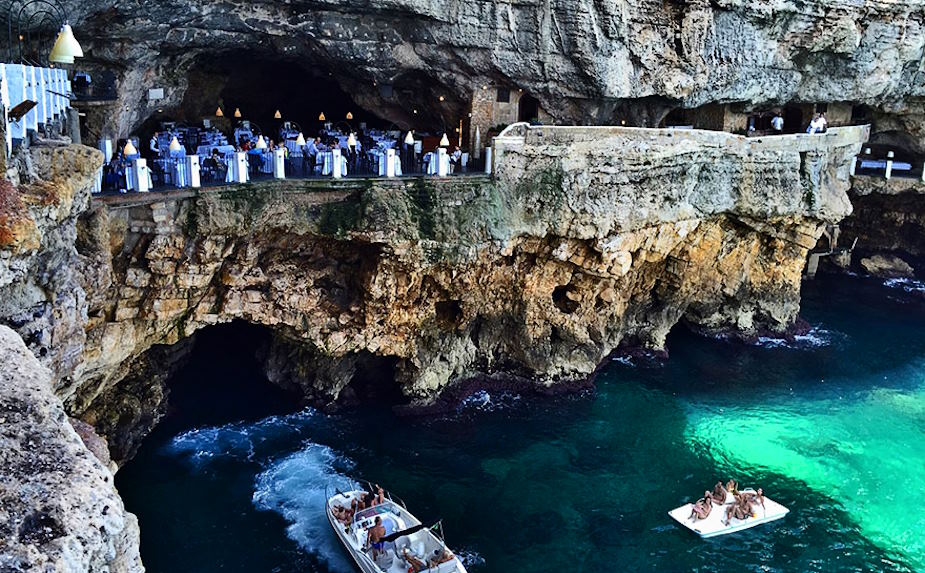In the ever-evolving landscape of the restaurant scene, one element has captured the attention and taste buds of patrons around the world: the evolution of popular drinks. From the days of classic cocktails steeped in tradition to the present era of creative and innovative concoctions, the world of beverages has undergone a remarkable transformation. Join us as we explore the rich history, emerging trends, and the dynamic role of mixologists in shaping the beverage landscape, showcasing how these drinks have become an integral part of the restaurant experience. Get ready for a sip-by-sip journey through the ages, where tradition meets innovation and every glass holds a story waiting to be savored.
The Rise of Craft Cocktails
The restaurant industry witnessed a transformative shift with the emergence of the craft cocktail movement. Bartenders across the globe, fueled by a desire to push the boundaries of mixology, began exploring new ingredients, techniques, and flavors to create extraordinary drinking experiences. This movement, born out of a passion for craftsmanship and a pursuit of excellence, had a profound impact on the way we perceive and enjoy cocktails.
With the rise of craft cocktails, bartenders became culinary artists, infusing their creations with a level of creativity and innovation that was previously unseen. The once-standard ingredients were now just the beginning, as bartenders fearlessly experimented with a diverse range of herbs, spices, fruits, and even savory elements. From smoky mezcal infusions to unique bitters made in-house, the craft cocktail movement redefined what it meant to craft a drink.
One of the defining characteristics of craft cocktails was the emphasis placed on using artisanal spirits, fresh ingredients, and homemade syrups and infusions. Craft bartenders sought out high-quality, small-batch spirits with distinct flavor profiles, often collaborating with local distilleries to curate their own exclusive offerings. Fresh fruits and herbs were muddled, squeezed, and garnished to perfection, adding vibrant and natural flavors to the concoctions. Meanwhile, homemade syrups and infusions infused the drinks with personalized touches and elevated the overall taste experience.
During this era, numerous craft cocktails gained recognition and became staples in bars and restaurants worldwide. The revitalized Old Fashioned, with variations featuring smoked bourbon or unique bitters, showcased the reimagination of a classic. The Negroni, traditionally made with gin, Campari, and vermouth, saw contemporary twists using different spirits and house-made infusions. Meanwhile, the refreshing and herbaceous Cucumber Collins became a favorite among those seeking a crisp and invigorating libation.
The rise of craft cocktails revolutionized the restaurant industry, sparking a newfound appreciation for the art of mixology. Patrons now sought out establishments that boasted creative menus, expertly crafted drinks, and bartenders who embraced experimentation. With each sip, craft cocktails offered a sensory journey, captivating both seasoned enthusiasts and newcomers alike.
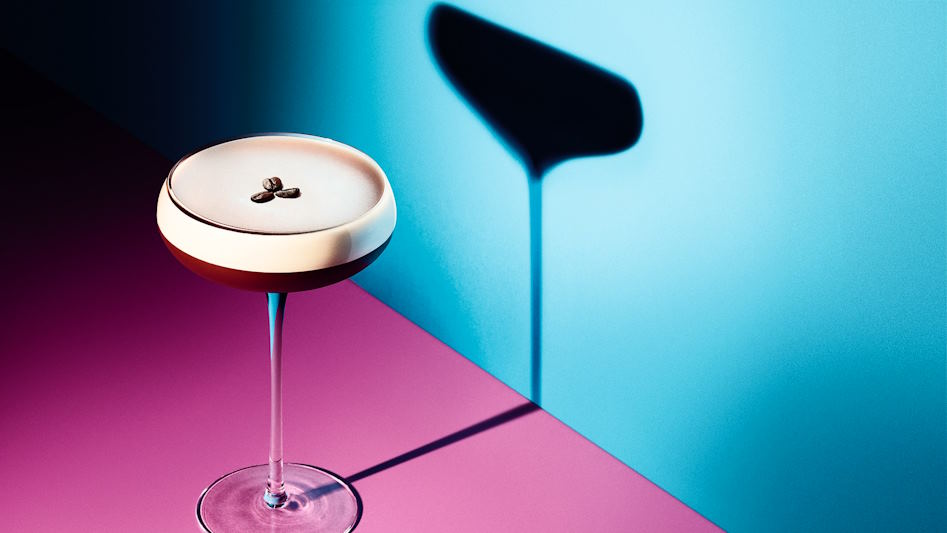
Fusion and Global Influences: A World of Flavor in Every Sip
In a world that increasingly celebrates diversity and cultural exchange, the restaurant scene has eagerly embraced fusion and global influences in the realm of drink creations. With each passing year, mixologists are breaking barriers and blending flavors from different corners of the globe, resulting in an array of exciting and tantalizing concoctions that transport our taste buds to new horizons.
One of the remarkable aspects of this fusion movement is the incorporation of exotic ingredients, herbs, and spices from various cultures. Bartenders are fearlessly experimenting with ingredients like lemongrass, cardamom, tamarind, and hibiscus, infusing their cocktails with vibrant and unexpected flavors. These global influences not only add complexity to the drinks but also pay homage to the rich culinary traditions of different regions.
When it comes to fusion cocktails, there are no limits to the possibilities. Take, for example, the Sake Margarita, a delightful fusion of Japanese sake and the classic Mexican Margarita. The combination of the smooth and fragrant rice wine with the tartness of lime and the hint of agave creates a unique harmony of flavors that transcends borders. Similarly, the Thai Basil Mojito blends the refreshing elements of the traditional Cuban Mojito with the aromatic Thai basil and a touch of spicy chili, resulting in an unforgettable sensory experience that marries the best of both worlds.
Fusion drinks provide customers with an adventure in every sip. They offer a chance to explore unfamiliar flavor combinations, opening doors to new cultures and traditions. Each fusion cocktail tells a story, combining the familiar with the exotic, and inviting us to embark on a culinary journey that transcends geographical boundaries. By embracing global influences, mixologists have given us the opportunity to celebrate the beauty of diversity and experience the world’s flavors without leaving our seats.
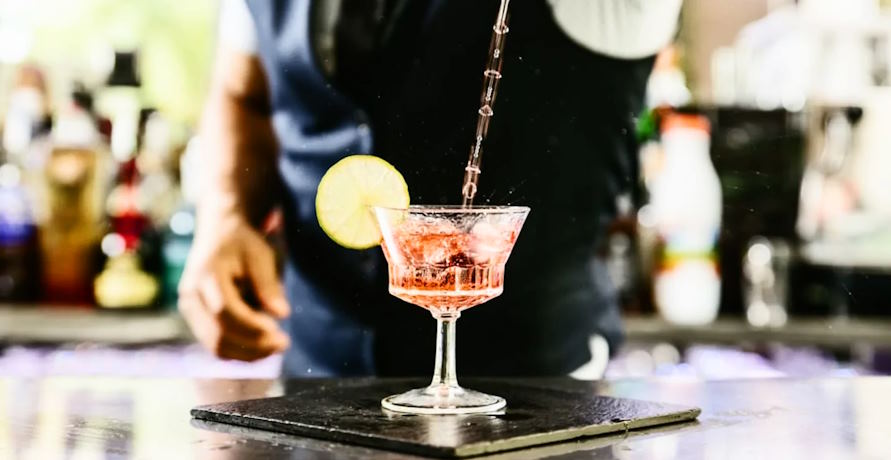
Consumer Preferences and the Role of Mixologists: Crafting Personalized Drinking Experiences
As the restaurant scene continues to evolve, consumer preferences have been instrumental in shaping the landscape of popular drinks. Today’s patrons are more adventurous, discerning, and eager to explore unique flavors and experiences. In response to this demand, a new breed of culinary artisans has emerged—the mixologists—who have become instrumental in pushing the boundaries of creativity and innovation in the world of beverages.
The rise of mixologists can be attributed to their profound influence on the evolution of popular drinks. These skilled professionals are no longer mere bartenders but rather artists, concocting masterpieces that tantalize the taste buds and engage all the senses. Their creativity knows no bounds as they experiment with unconventional ingredients, innovative techniques, and imaginative presentations.
One notable aspect of this evolution is the growing demand for personalized and bespoke cocktails. Customers no longer want just any drink; they desire an experience tailored to their preferences and desires. Mixologists have risen to the challenge, engaging in conversations with patrons, understanding their flavor profiles, and crafting unique concoctions that perfectly complement their individual tastes. This customization adds an element of exclusivity and elevates the drinking experience to a whole new level.
The role of mixologists extends beyond the creation of individualized drinks. They are the architects behind carefully curated drink menus, selecting a diverse range of libations that cater to a variety of palates. These menus often feature a combination of classic cocktails, innovative creations, and seasonal specialties. By meticulously designing these menus, mixologists create a sense of discovery and adventure for patrons, enticing them to explore new flavors and expand their horizons.
Moreover, mixologists understand that a truly memorable drinking experience goes beyond the liquid in the glass. They strive to provide an immersive experience that captivates all the senses. From visually stunning garnishes and glassware to the use of aromatics and theatrical techniques, mixologists create an ambiance that enhances the enjoyment of the drink and adds an element of surprise and delight.

